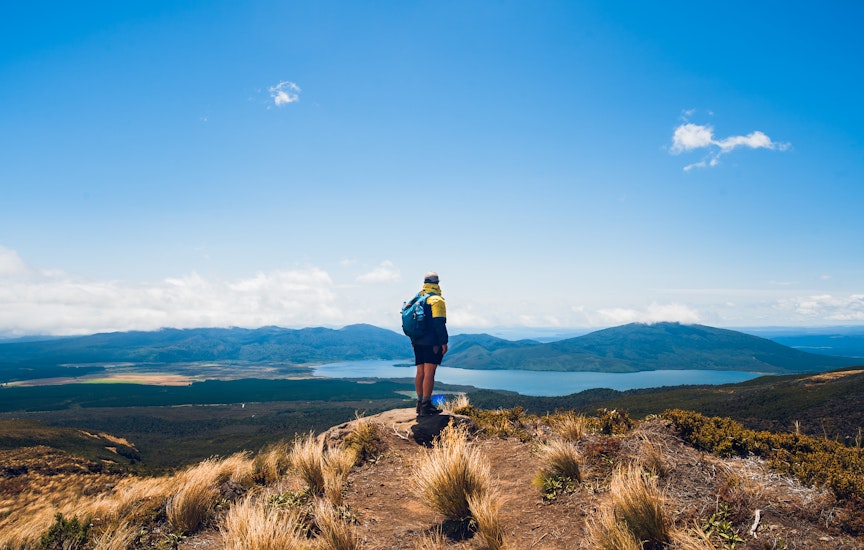

Matt Munro
Overview
From turquoise lakes and lush peninsulas to snowcapped mountains and sparkling glaciers, the South Island's majestic landscapes offer awe and adventure in equal measure.
Leave the planning to a local expert
Experience the real South Island. Let a local expert handle the planning for you.
Must-see attractions
Get a book. Get inspired. Get exploring.
in partnership with getyourguide
























